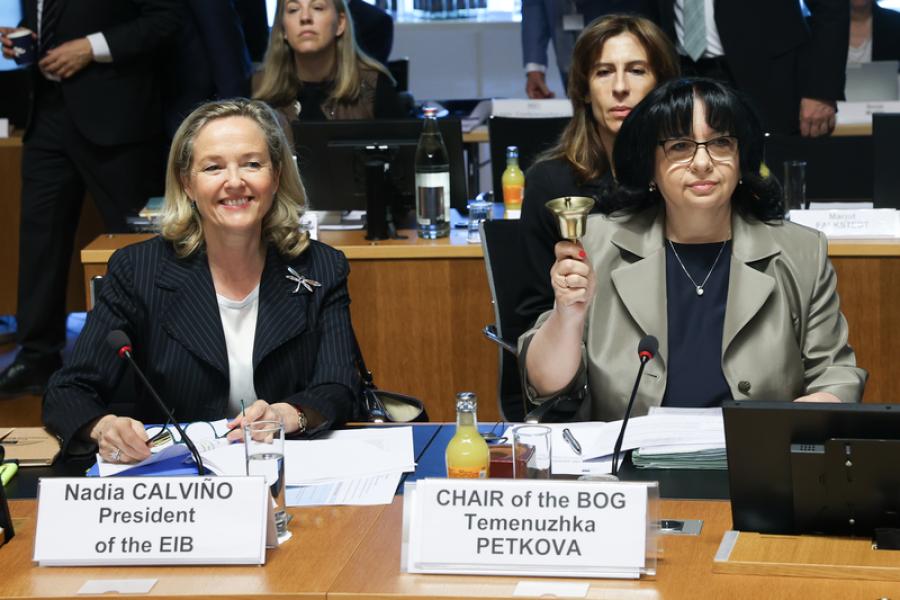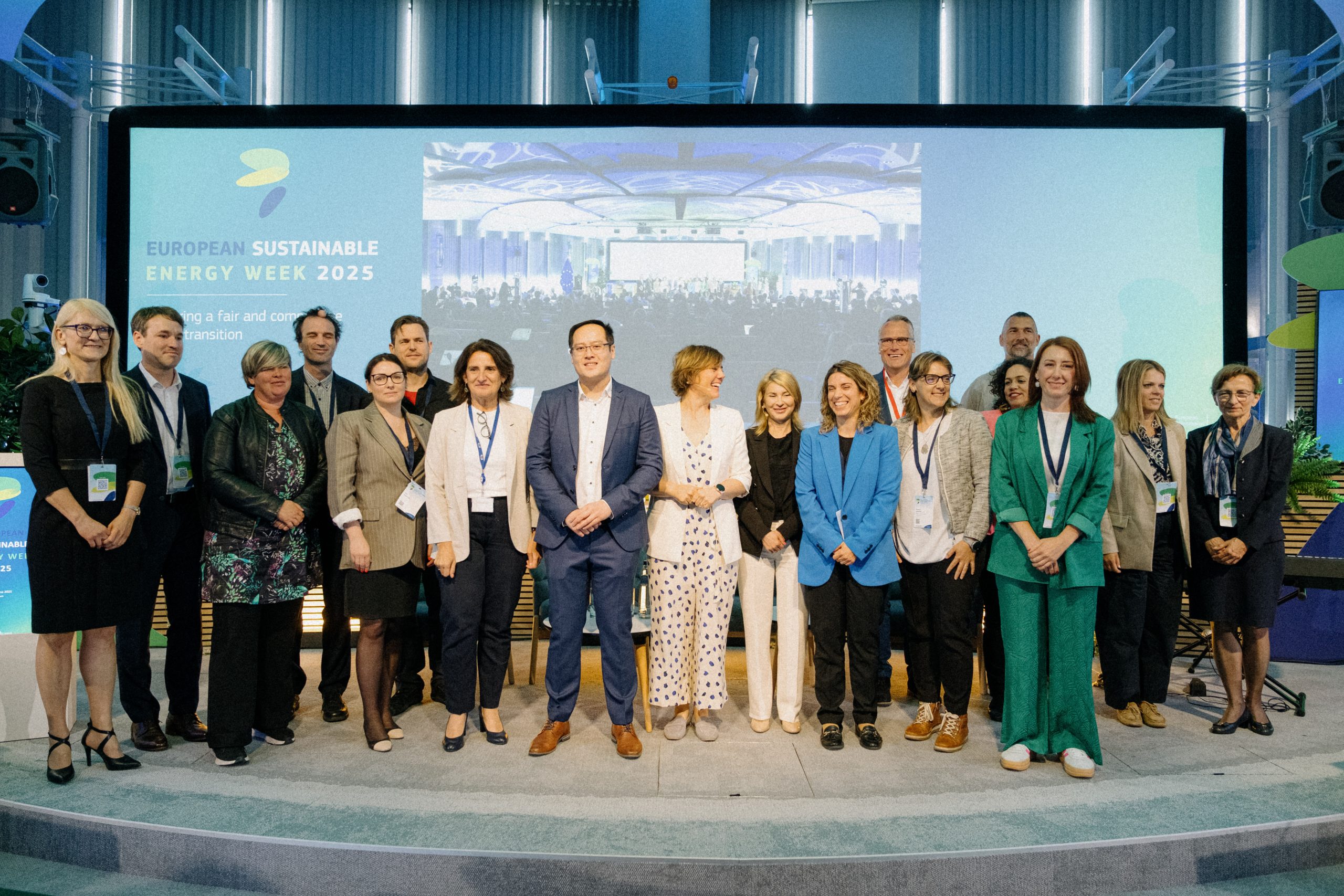In the excitement of planning the first offshore wind farms in the Baltic Sea it is important not to lose from sight a question, what are we going to do with them once they served their purpose?
In the offshore legislation system many good examples are taken from the other European nations that already commissioned offshore wind farms. A consideration of decommissioning at early planning stages is one of the good examples that is likely to be followed by all Baltic States preparing for harvesting the offshore wind.
A vital part in the UK offshore projects approval process is a consideration of decommissioning and its impact on the environment at the planning stage of the development. In the EIA Report for all types of offshore developments, oil & gas and renewables alike, decommissioning has to be included throughout the document and its impact on the receptors assessed. Additionally, for the renewable EIA Reports detailed, costed decommissioning programmee has to be appended in the development application process.
This is a holistic approach to the impacts of the planned projects from the beginning to the end of life, where all impacts, e.g. noise, accident potential, seabed impacts, emissions of CO2, physical presence, etc. are considered cumulatively for the lifetime of the development.
This approach also forces engineers in the design and planning stages to consider removal of the infrastructure in 20-30 years from the commissioning point, and may have an influence on the chosen design option. With the development of technology and ever bigger facilities being constructed to harvest offshore wind thinking of the design of the bases they will be constructed on, and consideration, if and how they will be removed, may be vital for the state of the environment our children will inherit. This issue however is important not only from the environmental point of view or other users of the sea, like fishermen but also for the operators of the offshore wind farms. The economic burden of the decommissioning of the offshore infrastructure if the removal is not considered and planned for at the project development stage may be substantial. Therefore, thinking of the environment may also save money.
Here is an example of guidance for Scottish consenting process applicable to renewable energy, which includes requirements for costed decommissioning programme at the stage of investment planning.













